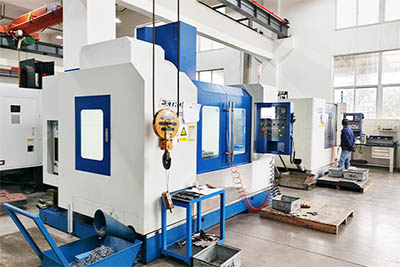As the global push for sustainability intensifies, the printing industry is undergoing a transformative shift toward eco-friendly practices. Among the most significant trends is the adoption of degradable materials in bookbinding, particularly for hardcover case making. While this transition aligns with environmental goals, it has introduced unprecedented challenges for manufacturers of hardcover case making machines.

Degradable materials, such as polylactic acid (PLA) derived from corn starch and plant-based composites, are gaining traction due to their ability to decompose naturally without harming ecosystems. These materials reduce reliance on fossil fuels and address the growing problem of plastic waste in landfills. For instance, PLA’s mechanical properties—including high rigidity and heat resistance up to 150°C —make it a viable alternative to traditional petroleum-based plastics.
In China, the government’s "plastic restriction order" and standards like GB4806.14—2023 for food-contact materials have accelerated the adoption of biodegradable inks and packaging. Similarly, global markets are projected to see the biodegradable materials market grow at a CAGR of over 20% by 2025 , with applications expanding beyond packaging to high-end industries like publishing.
Automatic Hardcover Case Making Machine
Hardcover case making machines, which traditionally handle cardboard, wood, and synthetic adhesives, face three critical challenges with degradable materials:
Material Compatibility and Processing
Degradable materials like PLA require precise temperature and pressure control during lamination and shaping. PLA’s processing window (170–230°C) differs significantly from conventional plastics, demanding adjustments to heating systems and rollers. For example, PLA’s lower melt viscosity can cause uneven distribution in binding, affecting the structural integrity of book covers.
Additionally, biodegradable adhesives—such as water-based formulations replacing solvent-based ones —require modified application systems to ensure adhesion without compromising the material’s degradability.
Quality and Durability Concerns
While degradable materials meet environmental standards, their mechanical performance often falls short of traditional materials. For instance, PLA’s tensile strength is 60–70 MPa, compared to 40–50 MPa for standard plastics , but its brittleness at low temperatures remains a concern. This poses risks for hardcover books exposed to varying climates, as warping or cracking could occur.
Manufacturers must also address printing compatibility. Degradable substrates may absorb ink differently, requiring adjustments to drying times and color calibration. Innovations like bio-based inks (e.g., soy-based formulations) are emerging, but their widespread adoption is hindered by higher costs and limited availability.
Cost and Scalability
Degradable materials currently cost 20–30% more than traditional alternatives , primarily due to complex production processes and low economies of scale. For hardcover case making machines, retrofitting equipment to handle these materials adds further expenses. For example, upgrading temperature sensors and control systems can cost $50,000–$100,000 per machine , a significant investment for 中小型 printers.
Despite these challenges, companies like Yutong Group and Meisen Packaging are leading the charge by establishing R&D labs for degradable composites , aiming to reduce costs through technological innovation.
To overcome these obstacles, manufacturers and printers are exploring solutions:
Machine Redesign:
Companies are developing hybrid machines capable of handling both traditional and degradable materials. For example, smart temperature-controlled rollers and adaptive pressure systems ensure consistent processing across materials.
Collaborative R&D:
Partnerships between material suppliers and equipment manufacturers are accelerating. For instance, NatureWorks (PLA producer) collaborates with machinery firms to optimize PLA’s performance in binding .
Policy Incentives:
Governments are offering subsidies to offset costs. In China’s Shandong Province, tech upgrade subsidies of up to 5 million RMB are encouraging printers to adopt biodegradable solutions.
The shift toward degradable materials is irreversible, driven by consumer demand and regulatory pressure. By 2030, 45% of hardcover case materials are projected to be eco-friendly , with PLA and bio-based composites dominating the market. However, achieving this requires standardized industry protocols for material testing and machine compatibility.
While challenges persist, the transition presents opportunities. Companies that invest in automated, multi-material machines and adopt circular economy models (e.g., recycling waste PLA into new products) will gain a competitive edge. As the industry evolves, the marriage of sustainability and innovation in hardcover case making could redefine the future of publishing.